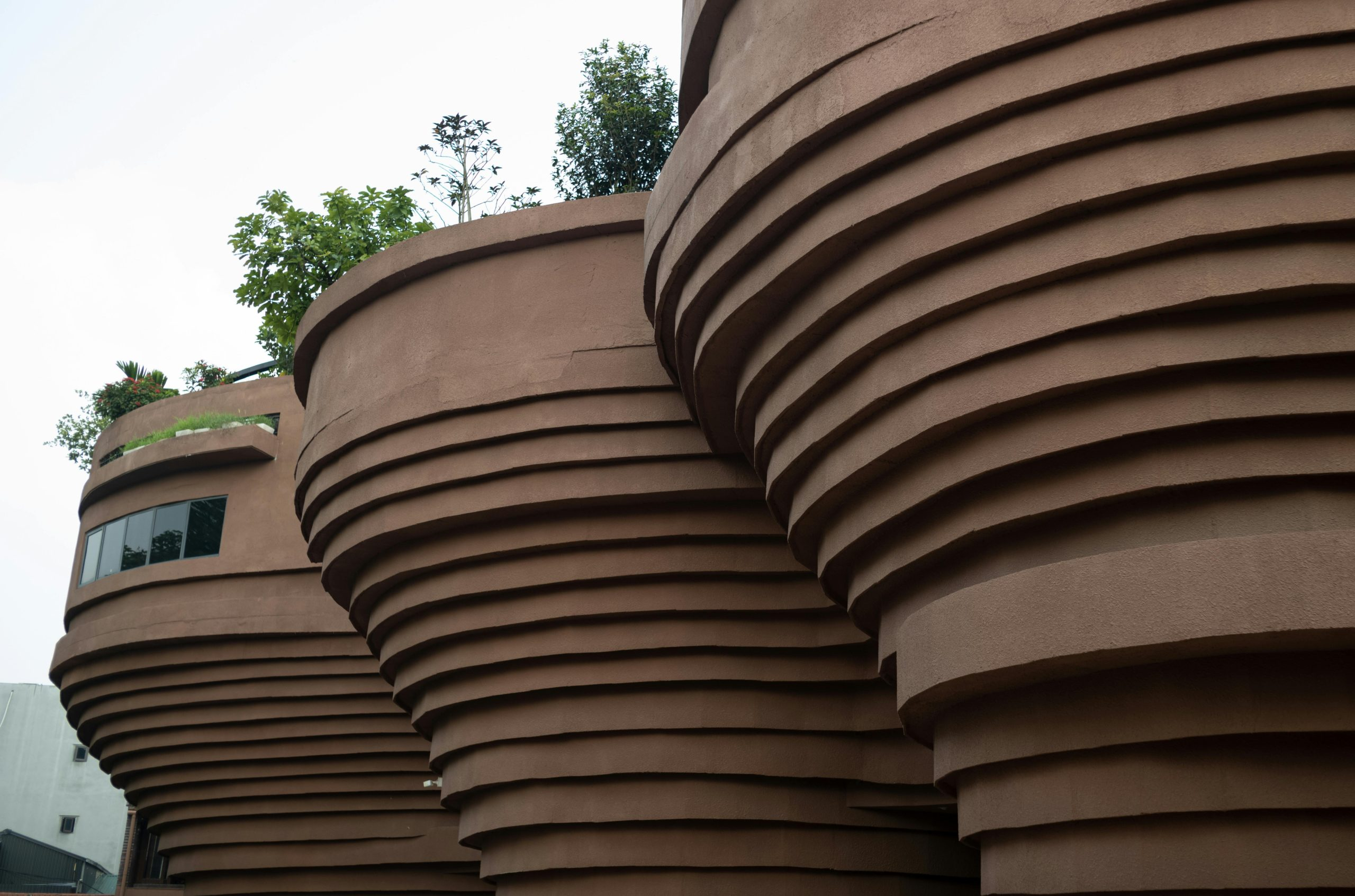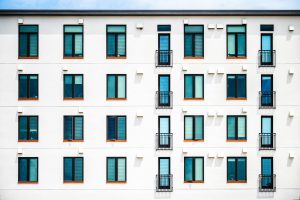Sustainable Housing Innovations: Building the Eco-Friendly Homes of Tomorrow
Welcome to the world of sustainable housing innovations, where homes of tomorrow are built with the planet in mind. As the effects of climate change become increasingly apparent, the need for sustainable solutions in all aspects of life is greater than ever. From renewable energy sources to reducing waste, the real estate industry is taking big strides towards creating eco-friendly homes that are both stylish and functional. In this article, we will explore some of the most exciting sustainable housing innovations that promise to pave the way for a greener tomorrow. 
Green Materials for Eco-Friendly Homes
The materials used in constructing homes have a significant impact on the environment. Traditional building materials like concrete, steel, and brick have a high carbon footprint due to the energy required to produce them. Sustainable housing innovations are changing this by introducing new materials that are environmentally friendly and energy-efficient. One such material is bamboo, which is not only rapidly renewable but also as strong as steel. It can be used for everything from flooring to furniture, making it a versatile and sustainable option. Another popular material is rammed earth, which is a mix of soil, gravel, and cement compressed into walls. Additionally, reclaimed and recycled materials like shipping containers, tyres, and plastic bottles are being used to construct sustainable homes, minimizing waste and reducing the need for new materials.
Energy Efficiency and Renewable Energy Sources
Energy efficiency is a key aspect of sustainable housing innovations. By using energy-efficient appliances, homes can reduce their energy consumption and save on electricity bills. However, the true game-changer in sustainable homes is the use of renewable energy sources. Solar power, wind power, and hydropower are some of the popular options that are being integrated into modern eco-friendly homes. These sustainable energy sources not only reduce the carbon footprint but also provide homeowners with a more affordable and reliable source of energy. With advancements in technology, it is now possible to have fully self-sufficient homes that generate their own energy and even store it for later use.
Smart Technology for Sustainable Living
Innovations in smart home technology are changing the way we live, making homes more energy-efficient, convenient, and sustainable. Smart thermostats, which regulate heating and cooling based on occupancy and weather conditions, can significantly reduce energy consumption. Smart lighting systems that use motion sensors and timers to turn lights off when not in use also help in reducing energy waste. Additionally, incorporating smart home systems can help homeowners monitor and manage their energy usage, leading to more sustainable living habits.
Green Roofs and Vertical Gardens
Green roofs and vertical gardens are gaining popularity in sustainable homes, bringing nature into urban environments. Green roofs, which are covered with vegetation, not only provide insulation, reducing energy costs but also absorb rainwater, reducing stormwater runoff. Vertical gardens, on the other hand, can be integrated into the exterior or interior of a home, adding a beautiful touch of greenery while improving air quality. These green additions not only benefit the environment but also provide a natural and calming living space for homeowners.
Waste Management and Recycling Solutions
Sustainable homes are designed to reduce waste and promote recycling. From composting systems that turn food waste into fertilizer to greywater systems that reuse water from sinks and showers for irrigation, there are many sustainable solutions that can be integrated into homes. Additionally, implementing smart waste management systems, such as reducing single-use plastics and promoting recycling, can significantly reduce a home’s environmental impact.
The Future of Sustainable Housing: Net-Zero Homes
Looking to the future, the ultimate goal for sustainable housing innovations is to create net-zero homes that produce as much energy as they consume. These homes, also known as zero-energy homes, rely on renewable energy sources and extreme energy efficiency to achieve this goal. While the technology for net-zero homes is still in its early stages, it is rapidly advancing, with several net-zero home communities already being built around the world. With the increasing urgency to reduce our carbon footprint, net-zero homes could be the solution to creating a sustainable future for generations to come.
In Conclusion
Eco-friendly homes are no longer a concept for the future; they are here and now. With the vast array of sustainable housing innovations available, we are seeing a paradigm shift in the way homes are built and lived in. From green materials to smart technology and net-zero homes, the possibilities for sustainable living are endless. With each step towards creating a greener tomorrow, we move closer to a world where homes and the environment coexist harmoniously. Let’s embrace the sustainable housing trend and build a better future for our planet, one green home at a time.











